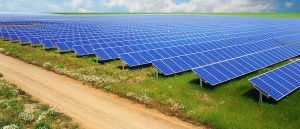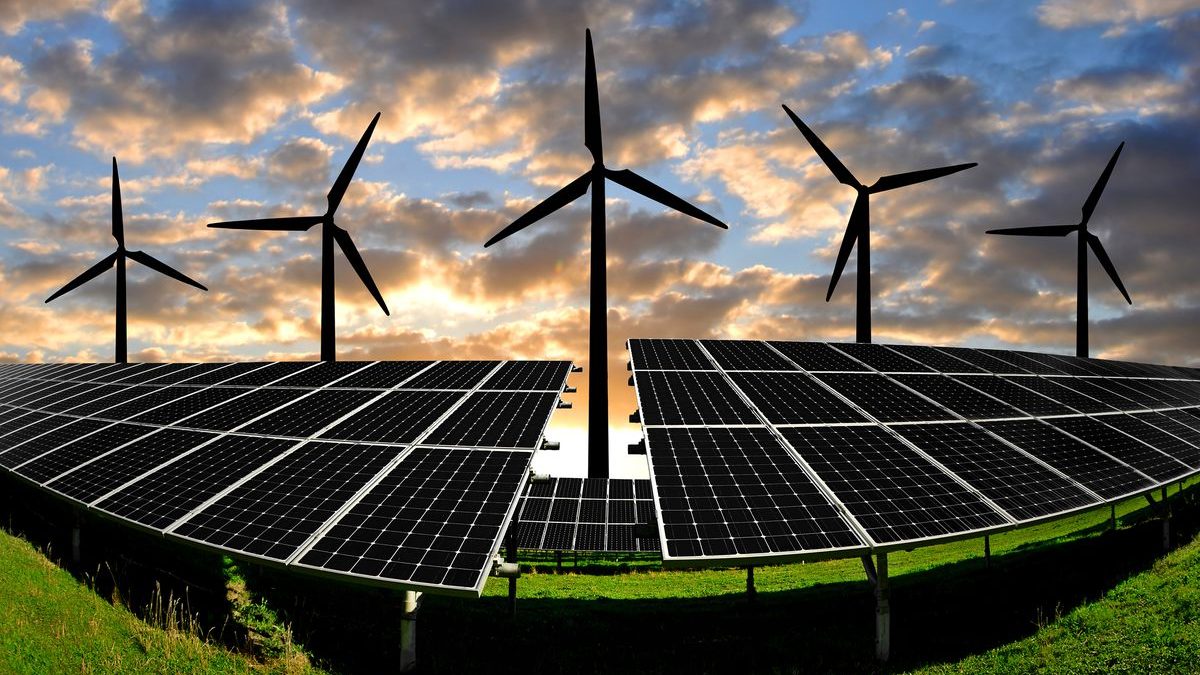Renewable energy

Natural gas
April, 2023
Opening official website
April, 2023What is renewable energy?
Renewable energy, called sometimes new energies, refers to energy that comes from sources that can be replaced continuously in nature, such as sunlight, water, and wind. They’re more sustainable than fossil fuels, which will run out over time; their carbon footprints are far smaller; and they are safer for the environment.
Despite the benefits that renewable energy poses for reducing carbon emissions, tackling climate change, and protecting our health, we’re not at a stage when we can switch completely. Power from sources like wind and the sun can fluctuate depending on what the weather is doing, and we can’t easily store electricity from these sources as it’s produced. Yet, renewables are vital for a more sustainable future.
Types of renewable energy sources

solar farms
There are all sorts of sources in nature that can provide energy, such as the wind, the sun, the sea, and plants. Here’s a breakdown of some of the most prominent forms of renewable energy.
Solar power
Using photovoltaic devices, sunlight can be converted into electricity. Solar energy is a sustainable source because it just uses sunlight, which the sun continuously produces Solar is the fastest growing and lowest cost renewable electricity source available today.

wind farms
Wind power
The wind is another sustainable source of energy. Using wind turbines, the energy from this force of nature can be turned into electricity. You may see wind farms on inland fields or offshore, wherever there tends to be strong and steady winds.
Hydrogen
Hydrogen can be used to power a number of different types of transportation. It can be stored and transported at high energy density in liquid or gaseous form, and it can be used as a fuel for power or in transport, and in industry as feedstock. Hydrogen is abundant but is rarely found in its pure form. It has to be produced through chemical reactions. Most of hydrogen today is produced through fossil-fuel reforming, a process that produces a reaction between natural gas and steam. Hydrogen can also be produced from renewable sources, using biogas, a gaseous form of methane obtained from biomass, or through electrolysis using electricity generated by renewable sources.
Biofuels

producing bio-fuels
Low carbon fuels (LCF) are one of the largest sources of renewable energy in use today. They can be blended with traditional fuels and used in vehicles and infrastructure without expensive modification. This is crucial, because transport accounts for more than a quarter of the world’s energy use and one-fifth of its energy-related CO2 emissions. LCF will be needed to decarbonise longer journeys by road, sea and air for decades to come.
Geothermal power
Sources of hot water found underneath the earth’s surface can be used to provide energy. Wells are drilled to these underground reservoirs, where steam or vapour is used to spin turbines, power generators and create electricity.
This type of power can be renewable if managed properly, ensuring that the rate at which energy is produced matches up with the underground water source’s heat exchange rate. Geothermal power plants can be relied on to produce electricity around the clock, as they’re not affected by things like changes in the weather.
Other sources of energy
Hydropower
The flow of water can be used to create electricity, offering another energy solution that can be continuously replenished. Most people think of dams and gravity-based power generation when they think of hydropower, although there are diversion structures too – where a portion of a river, canal, or dam-stored water is channeled away for energy creation. Ultimately, they both power turbines and generators that create electricity.
Tidal power
The movement of ocean waves can be used as a source of energy, spinning turbines to generate electricity. Currently, tidal power is still being developed and there are few power plants using this source. Yet, it is a renewable source of power and can be dependable because tides are so predictable.


